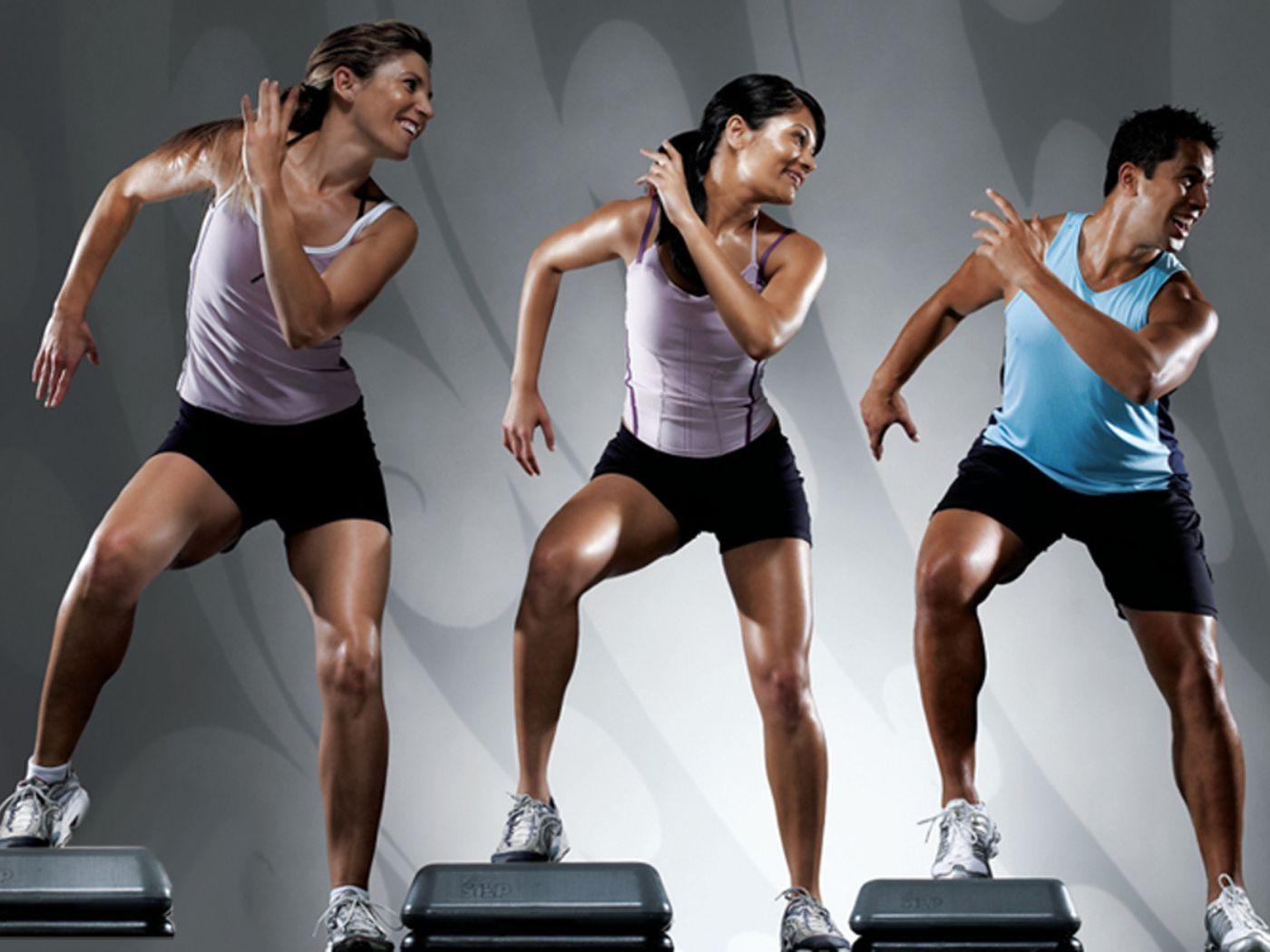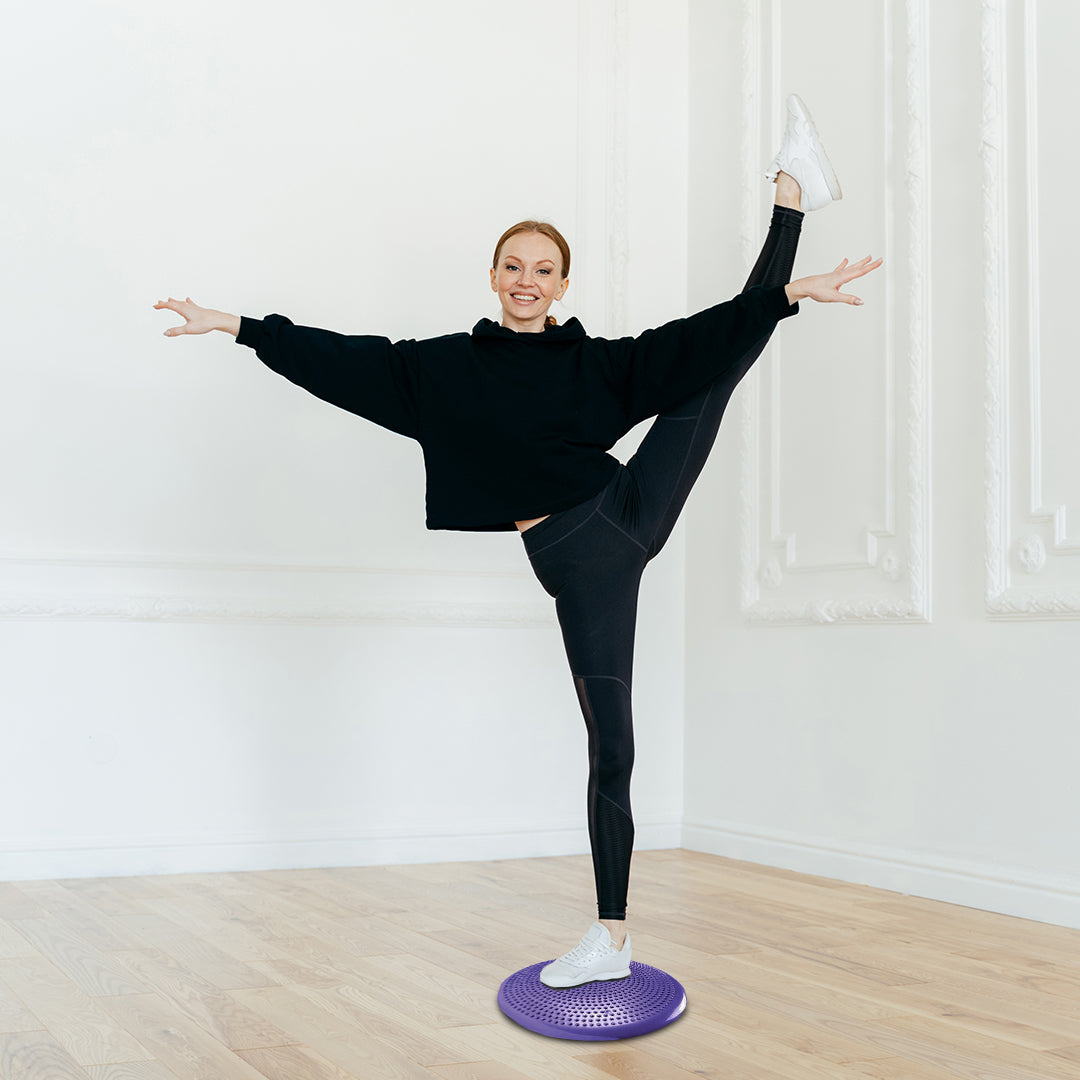The Yoga Socks are designed for aspiring yogis and feature gripping materials, such as plastic or rubber, on their soles. The socks will also separate the toes, providing additional flexibility and movement during sessions. This feature is especially useful during asana which requires stretching the toes for balance. Yoga socks, known as grip socks or Pilate’s socks, are required in reformer and mega former Pilate’s classes. There is a wide range of styles and designs to suit every trend.
Types of Yoga Socks
Don't be confused by the vast array of socks on the market. While there are numerous terms we will encounter, the best thing you can do is keep things simple. Yoga grip socks and open-toe and heel socks are two of the most common types of yoga socks.
1. Socks with Grip and Non-Slip
Yoga is built around balance exercises and movements. Having yoga grip socks or non-slip yoga socks, as they are also known could be extremely beneficial.
2. Socks With Open Toes and Heels
Open-toe yoga socks are exactly what they sound like: socks with no toes. Because they only cover the heel of the foot, these socks are also known as heel yoga socks. Many of the standard asana will require us to stretch our toes and foot muscles. You may be able to move more freely during these activities if you wear open-toe yoga socks.
3. Sock Length Variations
While many types of yoga socks simply cover the foot, different lengths are available. Yoga socks may be much longer in some cases, covering the ankle or even the calf.
If you're new to yoga and need some assistance, you will a seasoned practitioner who wants to keep your toes warm until your body warms up, there's a pair of yoga socks for you:
Moisture-wicking fabrics should be considered when purchasing a yoga sock to keep your feet cool and comfortable. Materials such as lightweight cotton, breathable mesh, and nylon keep your feet dry for longer periods of time. Grips are an important part of yoga socks and can help you have a more balanced practice overall.
Look for exterior grips on the soles to prevent slipping and interior grips on the rims to keep your socks from slipping down your ankle. Sock height, color, and whether they're toed or solid are all personal preferences and comfort. We like ankle length because it is versatile and easy to wear even with a heel tab, even under full-length leggings.
Toed socks may feel strange at first. But they can provide extra traction and control on machines when needed, whereas non-toed socks are useful for all types of workouts.

The Reason to Wear Yoga Socks
Yoga is the most important practice in the world and has become an important practice in physical and mental health. Yoga socks are made to be comfortable and are the best toe separators. It relieves foot pain caused by restrictive footwear, long periods of standing, exercising, or strenuous exercise. These are also the best for preventing minor foot pain and bunions.
Yoga socks are made to be very comfortable while stretching, exercising, and separating the toes. These are also intended to provide information on foot strength and common foot problems. This product also benefits those who spend the majority of their time working in footwear.
They specialize in exercise, relaxation, and the ability to try different yoga poses without slipping. Users can easily buy custom wholesale socks online at the best price.
As a result, users can match and purchase products that meet their needs while being the best value for their money. Yoga socks have numerous benefits, so if you intend to begin practicing yoga, they are valuable assets.
The Benefits of Yoga Socks
Yoga toe socks help absorb sweat and keep our feet warm during floor poses. If we're worried about mat sharing, yoga socks are a great way to keep our mat clean.
1. Grip and Stability
The main advantage of yoga socks is increased grip. A high-quality pair of grip yoga socks will have a special material on the sole. These socks are designed to give us more stability while moving and to keep us from falling.
2. Avoid Injuries
Keeping us balance can be challenging, especially in standing poses like Warrior Pose. Another advantage of using grip yoga socks will avoid unnecessary falls. Investing in high-quality socks is the only option.
3. Adjust Your Posture
One of the most difficult aspects of beginning to practice yoga is correctly aligning our posture. Pose mastery takes time, dedication, and effort. Yoga socks keep our toes and feet in the proper position, allowing us to get into the proper pose.
4. Aids in Cleanliness
When practicing yoga in a studio, we may have to share mats or perform asana without mats. Wearing yoga socks ensures that our bare feet never touch the floor or a shared mat, protecting us from germs.

Reasons to Wear Yoga Socks
There are numerous advantages to adding yoga socks to our trusted yoga wear collection, ranging from hygiene to balance. The reasons we should wear yoga socks in our yogic practices:
Perhaps your body requires a little more attention than most. Warming your feet is an excellent way to warm your entire body. If going without shoes and socks isn't your usual practice, yoga socks can provide an extra layer of warmth.
1. They Improve Your Equilibrium
Balance is an important aspect of your yoga practice. If you want to try a plank pose, the extra grip on these socks will keep you from slipping, allowing you to focus on tightening your core. If you have trouble keeping your feet on the floor in the Downward Dog pose, the grip can help. All you have to concentrate on now is your breath, leaning into the stretch, and being in the moment.
2. Yoga Socks Improve Your Grip
As previously stated, balance is important in yoga, and grip is an important part of that. Perhaps your bare feet slip around on the floor during your typical yoga practice. Perhaps you find it unsettling to rely on your own skin's grip on the floor. Some poses may feel like they stretch your skin too far. Adding yoga socks to your yoga attire can provide you with increased grip without causing discomfort.
3. They Might Assist You in Getting in the Right Frame of Mind
Do you recall the first time you put on matching yoga pants and a sports bra? Proper yoga attire feels far superior to wearing an old pair of sweatpants. A good fit can shift. A good fit can alter your entire outlook. While centering your body, wearing yoga socks can help prepare your mind and body to enter a more focused state.

4. If Going Barefoot Isn't for You, They Provide Coverage
Going barefoot is simply not for everyone. But if you enjoy it, that's fantastic! Some women prefer to have their feet covered rather than exposed. If you are self-conscious about your feet being visible to everyone, you can wear a pair of yoga socks to alleviate the discomfort.
5. They Safeguard Your Feet
Some yoga instructors teach in a studio, while others may teach outside. If you're unsure about the cleanliness of the floor or want to keep your feet safe from any twigs that may find their way onto your mat, these socks can help.
A well-coordinated set of at leisure wear has the ability to boost your confidence and motivation. You'll feel better when you look good. Wearing yoga-specific gear may even help motivate you to have extra endurance for particularly difficult poses. Yoga socks, on top of that, add a little extra personality to your regular yoga wear.
6. They Assist You in Taking Control of Your Practice
Wearing old sweatpants and a t-shirt may sound comfortable, but it can prevent you from having a meaningful yoga class. You're more likely to put in less effort or be mentally checked-out if you're not dressed for the occasion. When combined with a well-fitting yoga outfit, yoga socks can help you own your practice and step into presence and embodiment.
Yoga socks not only provide extra support, but also wick sweat, keep your feet warm while exercising on the floor and have a hygienic aspect. We can protect our skin from fungi and bacteria in public places.
As soon as you enter a yoga studio, you don't just throw away stigma and restraint. But so are your socks. At the end of yoga practice, it is encouraged to be comfortable and warm, except for sab asana or corpse poses. Socks are not in yoga classes.





